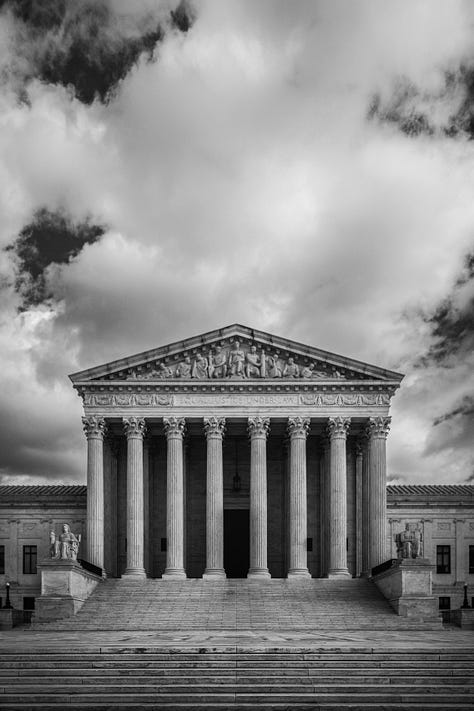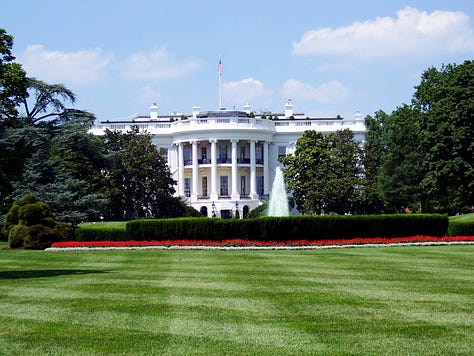


What exactly is separation of powers?
Separation of power is a doctrine in which the three branches of government executive, legislative, and judicial are kept separate. This structure is where responsibilities, authorities, and powers are divided between groups rather than one person having the sole power. Each branch has its power which only that branch can enforce.
Separation of powers:
Legislative Branch- Makes Laws
Executive Branch- Enforces laws
Judicial Branch- Interprets Laws
Want more information check out the checks and balance post by clicking here.
Where did this concept come from?
18th-century philosopher Montesquieu’s work on the Rule of Law is best known for his insistence in the separation of powers. He insisted on the separation of the judicial power from the executive and legislative authority. He believed that the judicial power should be able to do its job as the mouthpiece of the laws without being distracted by the decisions of legislators and policymakers.
James Madison when writing the Federalist Papers was greatly influenced by Montesquieu’s views on the separation of powers. He stated that Montesquieu wrote
“When the legislative and executive power are united in the same person or body….there can be no liberty, because apprehensions may arise lest the same monarch or senate should enact tyrannical laws, to execute them in a tyrannical manner.”
He interpreted this as if the one person possessed all the power in his hands from all three branches then none of the branches would be able to carry out their duties. He beleived that Montesquieu was trying to tell us that these branches should have some partial agency or control over the acts of the other branch to be able to stop tyranny from happening.
Want more information on the philosopher Montesquieu click here.
Check out these links:
Standford Encyclopedia of Philosophy- The Rule of Law
National Conference of State Legislature- Separation of Powers: An Overview



